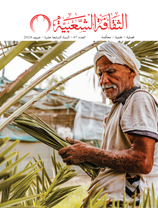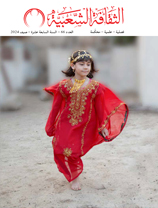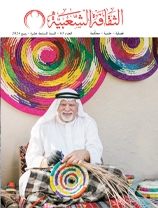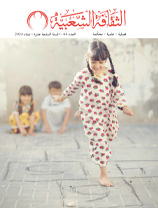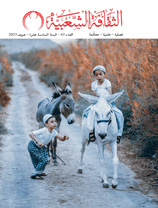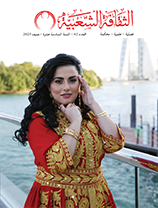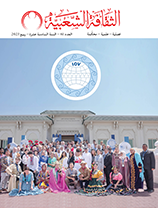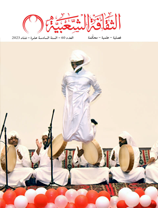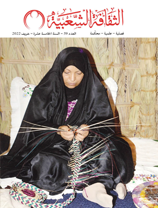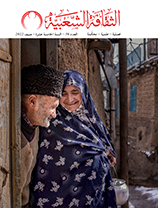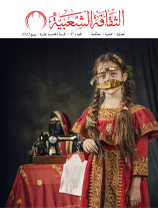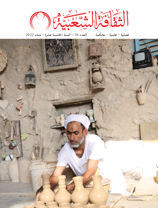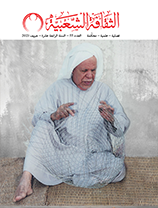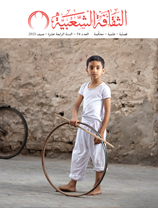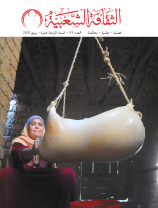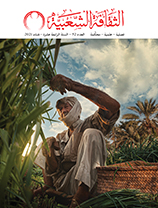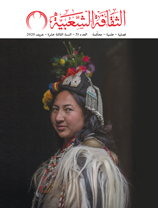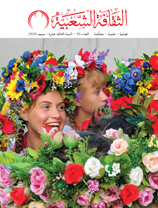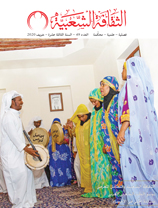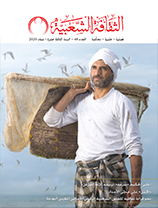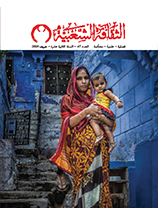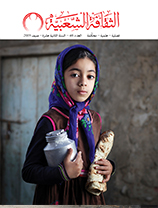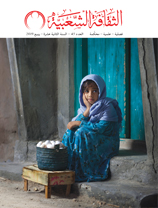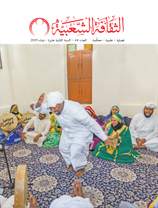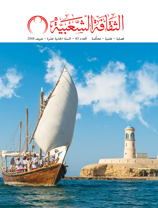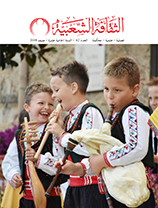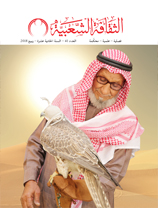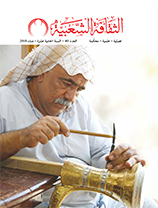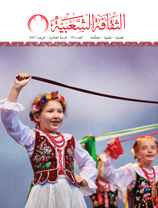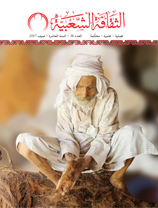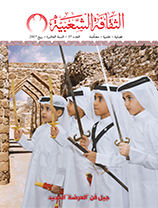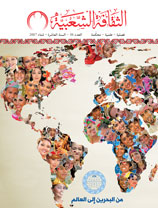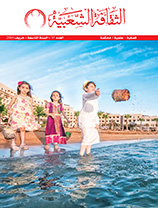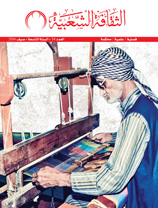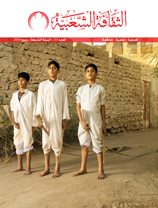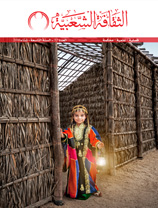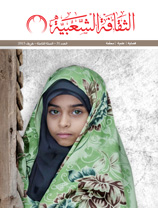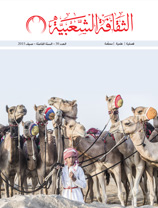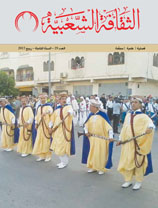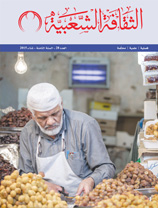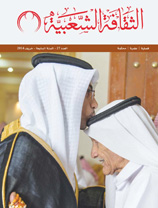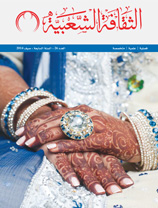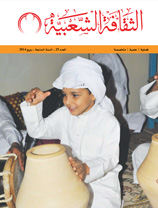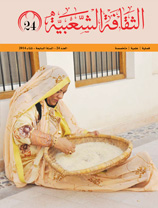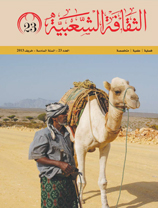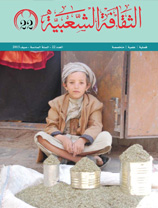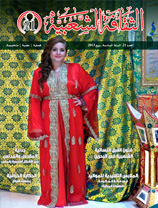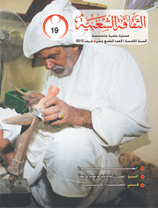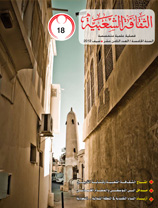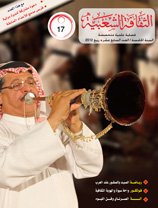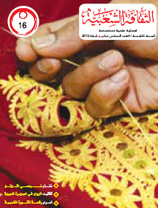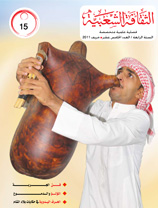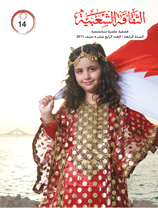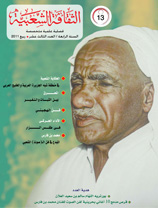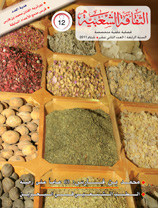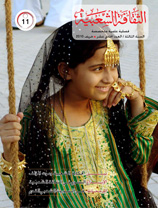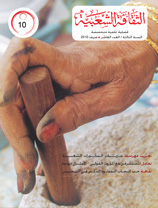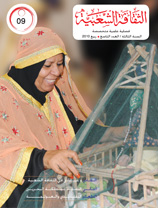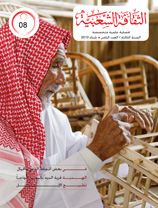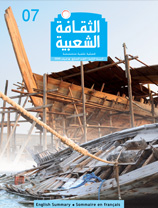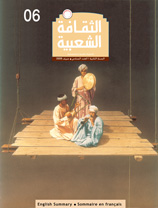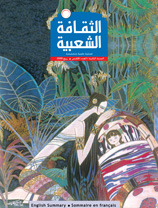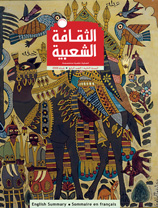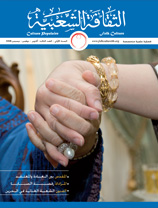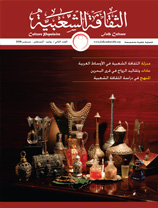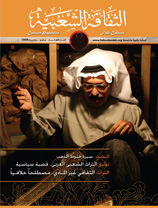Marriage Customs and Traditions of the Past in the UAE
Issue 43
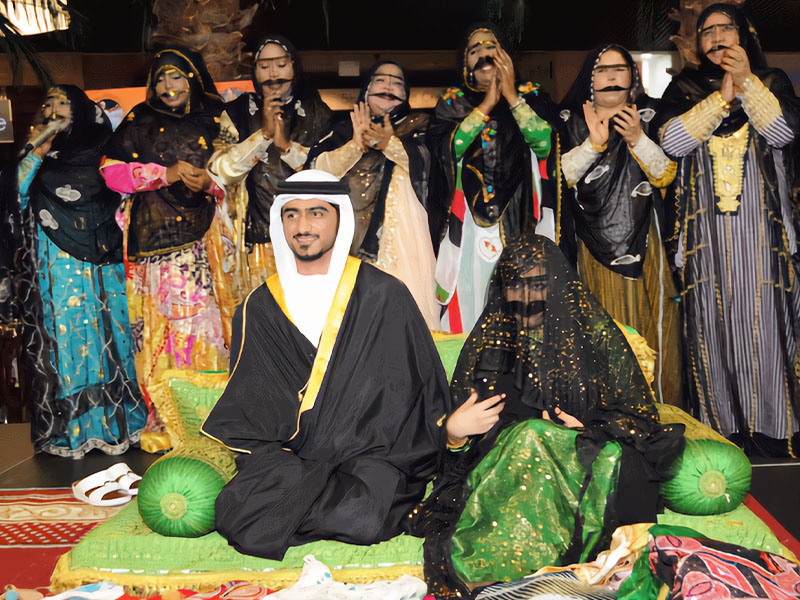
By Dr. Badriyah Al Shamsi
Folk customs and traditions give a more holistic view of a community’s life by adding elegance and authenticity. The human essence reveals itself through customs and traditions, which are the weapon that societies use to confront challenges and problems; they are the tool man uses to preserve his relationship with his community.
Folk customs and traditions and folklore are mixed in one melting pot. They represent the conventions that individuals in a community follow in order to prove that they are part of the community. These customs and traditions determine what constitutes good conduct and the rules governing the individual’s behaviour, which often includes creative, literary or musical forms.
Customs and traditions are directly connected to people’s beliefs, and they may affect beliefs and ideologies. Families, clans and nations have great respect for their customs and rituals. Therefore, customs and traditions are in harmony with the life of the individual and the community. It can be observed that some customs die out over time, while others evolve. Nevertheless, our study of human behaviour has revealed that customs and rituals endure, even if they appear in new or borrowed forms.
The remarkable progress made in human studies has yielded valuable results in terms of customs, systems and laws, with a noteworthy similarity between ancient customs and the customs that still prevail in today’s most civilised societies.
This is the purpose behind this study. The main objective is to identify marriage customs and traditions in the UAE before the discovery of oil in the period that extends from the middle of the last century until the founding of the United Arab Emirates in 1971.
A light will also be shed on the marriage customs and traditions that have disappeared in the mountainous, coastal and desert communities of the UAE in the past.
The study also focuses on the differences between marriage customs and traditions in the aforementioned regions, with the aim of preserving the UAE's heritage traditions, including marriage customs and traditions, based on the oral narration of one hundred people. These people include those who experienced and practiced these customs in the middle of the last century, and those who lived through the formation of the Union and the various phases that accompanied the emergence of new customs inspired by development and by the increasing openness to other cultures.
This study also identifies customs that have died out, and those that have endured despite significant social changes.
This study monitors and records the names and roles of the men and women who played a significant role as craftsmen and professionals. Cooks, seamstresses, henna artists, and ma'zouns (the men who oversee the signing of marriage contracts) played significant roles in the communities that are the subject of this study.
Our ancestors are no longer with us, but it is our duty to remember their names and deeds, and to pass this information on to future generations. We believe that they made important contributions to the UAE’s heritage, and that it is important to study these professions.
We hope that this study will shed light on the individuals who served their communities during this period, and that other researchers might be inspired to study these professions.





